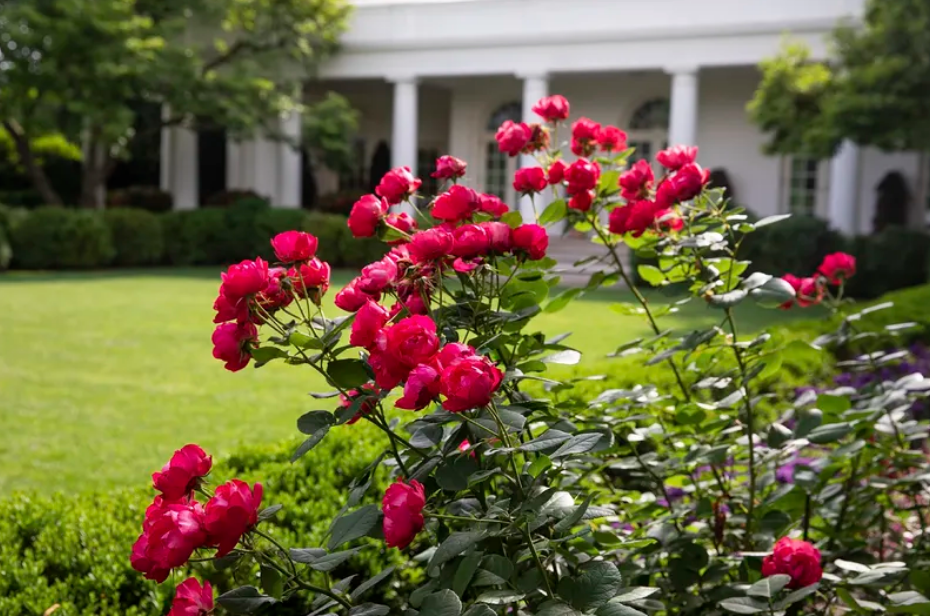For roses to thrive in your landscape, they need plenty of sunlight and a rich, nutrient-rich soil. They also need moderate watering and proper pruning to prevent disease and ensure that their flowers develop properly. Landscaping with roses is risky yet pleasurable.
In addition, they should be placed near other flowering plants that provide pollen and nectar sources for beneficial insects like syrphid flies. Aphids are a common pest for roses, but they can be controlled with neem oil or insecticidal soap.
Don’t Forget the Soil
Roses are great for landscaping because they’re easy to grow and add a lot of color. But they have specific needs that you should think about well before planting them.
Soil – Roses prefer rich, well-draining soil with a pH of 6.0-7.0. It’s also important to avoid acidic soils, as they can promote fungal diseases.
Air circulation – When you plant roses, make sure they’re at least 3 feet away from other plants or walls that block air movement. This will help keep the roots cool in summer and warm in winter.
Pests – Aphids, thrips and other insects can damage rose plants. Control aphids with organic insecticides like pyrethrum or rotenone.
Chafers – These insects chew large, irregular holes in rose blossoms. You can hand pick them off, but the best method is to spray with an organic insecticide.
Another invasive pest is two-spotted mites, which can eat rose leaves and stems. You can control these sap-sucking pests by applying lime sulfur or horticultural oil in winter.
Don’t Forget the Water
Roses are great plants to add to your landscape, but they can be challenging to care for. If you want to make sure they thrive and produce beautiful blooms, avoid these common mistakes.
One of the most common mistakes people make is not watering their roses enough. Watering late in the day, for example, can foster powdery mildew, a fungus that kills roses and is difficult to combat.
Another thing you should do is supplement your soil with nitrogen. Nitrogen-rich materials like used coffee grounds (half a cup per plant) or banana peels are great for roses as they release valuable nutrients into the soil, especially potassium and magnesium.
Adding Epsom salt to your water can also boost flower production as it releases valuable magnesium and tannic acid into the soil. To get started, use 1/2 cup of Epsom salt in a gallon of water and apply it once every 6-8 weeks. You’ll love the results!
Don’t Forget the Pruning
Landscaping with roses can be an exciting endeavor. From low-lying bushes to tall rose trees or vining trellises, there are plenty of options for creating the perfect garden space.
But before you jump in with both feet, be sure to take the time to get to know your plants. Learn what they need to thrive and how to prune them properly.
The wrong pruning technique can be disastrous for a plant. In addition to reducing flowering, it could also cut off buds for the future.
Don’t Forget the Design
Roses are a wonderful choice for landscaping, but they can also be a bit daunting for gardeners. Whether you’re a novice or a seasoned pro, there are some common mistakes that can set your landscape back.
Many gardeners make the mistake of not considering scale when creating a rose garden design. A mixed border or formal room that is grand in scale can make your roses pop and create a beautiful visual impact.
Another common mistake is to choose plants that will be too tall for the space they will fill. When these plants grow too large, they can spill into walkways and take over fences.
The best way to keep your roses looking their best is to prune properly. Remove withered flowers and cut off blind shoots that can’t produce blooms.




